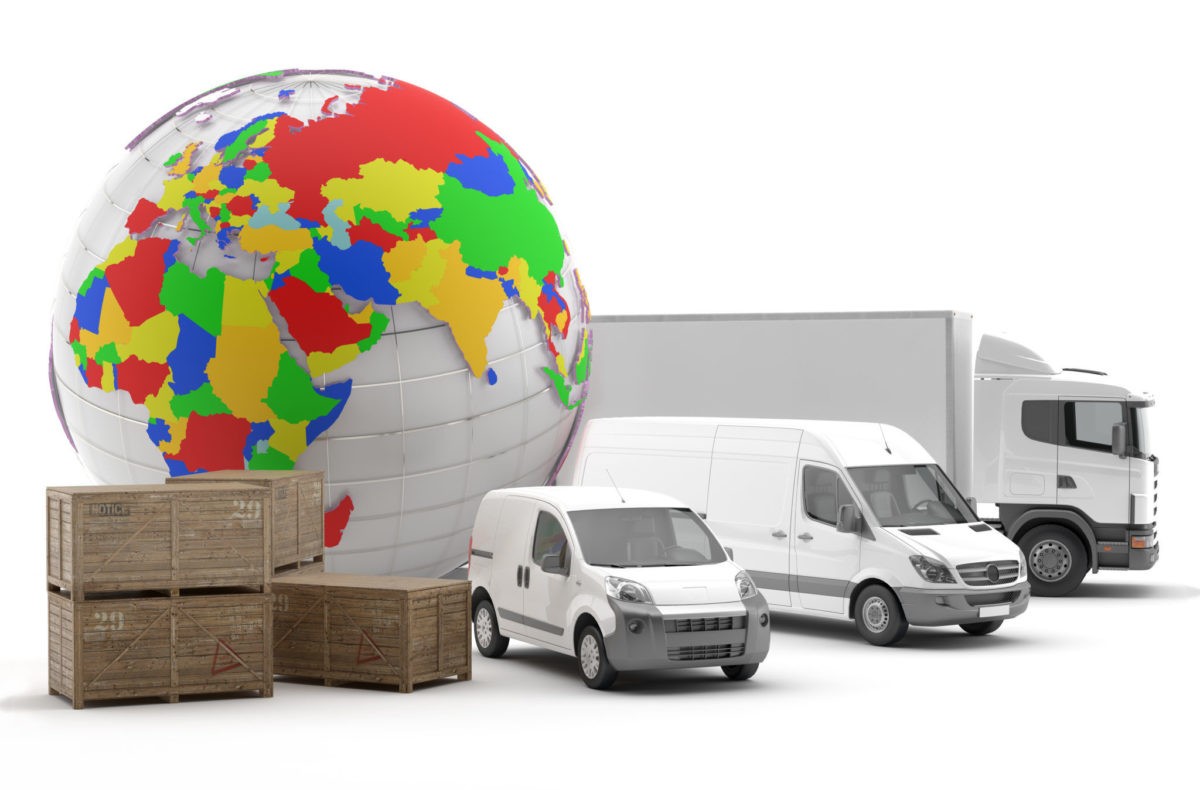
Anyone who has been involved the supply chain in the last few years would have noticed that reverse logistics has been changing fast.
What was once barely a side note in a much bigger industry has now become an industry in its own right. That said, it’s vital that business owners stay informed of the trends in reverse logistics as they emerge and change, otherwise you risk falling behind.
Three Trends to Know in Reverse Logistics
As reverse logistics matures as an industry sector, more specialized techniques and tools are being developed to help those in this industry do their jobs better and faster.
There are lots of interesting things happening in the reverse supply chain, but these three are the most important to your business right now:
- Increased streamlining with the help of Big Data. Big Data is everywhere, and it’s now in the reverse supply chain. With the help of tools like smart labels, your reverse logistics team can more easily anticipate incoming returns and move them back into inventory more quickly.This is good for you and your customer. You get a better return on your merchandise and your customer gets a faster credit, which makes them want to turn around and shop with you again. Data is also being applied to help improve return management efficiency overall, much like it’s being used in the forward logistics warehouse.
- Reducing waste with closed loop supply chains. Closed loop supply chains incorporate both forward and reverse logistics systems in order to tightly limit overall waste. It’s a green solution to a problem of too many products being dumped in landfills instead of being resold or recycled.Under a closed loop supply chain, your unsellable returns may be bundled and sold through liquidation, moved to an overseas market or scrapped for valuable raw materials. Check with your reverse logistics or 3rd party logistics team to learn if they employ closed loop supply chains or will be doing so in the near future if you’re interested in a greener supply chain.
- Moving more with self-driving trucks. This is really a trend in both reverse and forward logistics, and it’s a huge one. For years, the supply chain has struggled with a lack of space on trucks for packages due to driver shortages. That’s what initially spurred the idea of creating a driverless truck, but now that dream is a reality. These trucks will start appearing on the roads soon and as big shippers adopt them, you may see shipping prices drop considerably.
Reverse logistics is a sector undergoing a lot of big changes right now, so it pays to stay on top of the latest news. The innovations that are springing up in response to very serious problems of shortage and inefficiency are both interesting and, sometimes, a bit counter-intuitive. We can’t wait to see what comes next!









